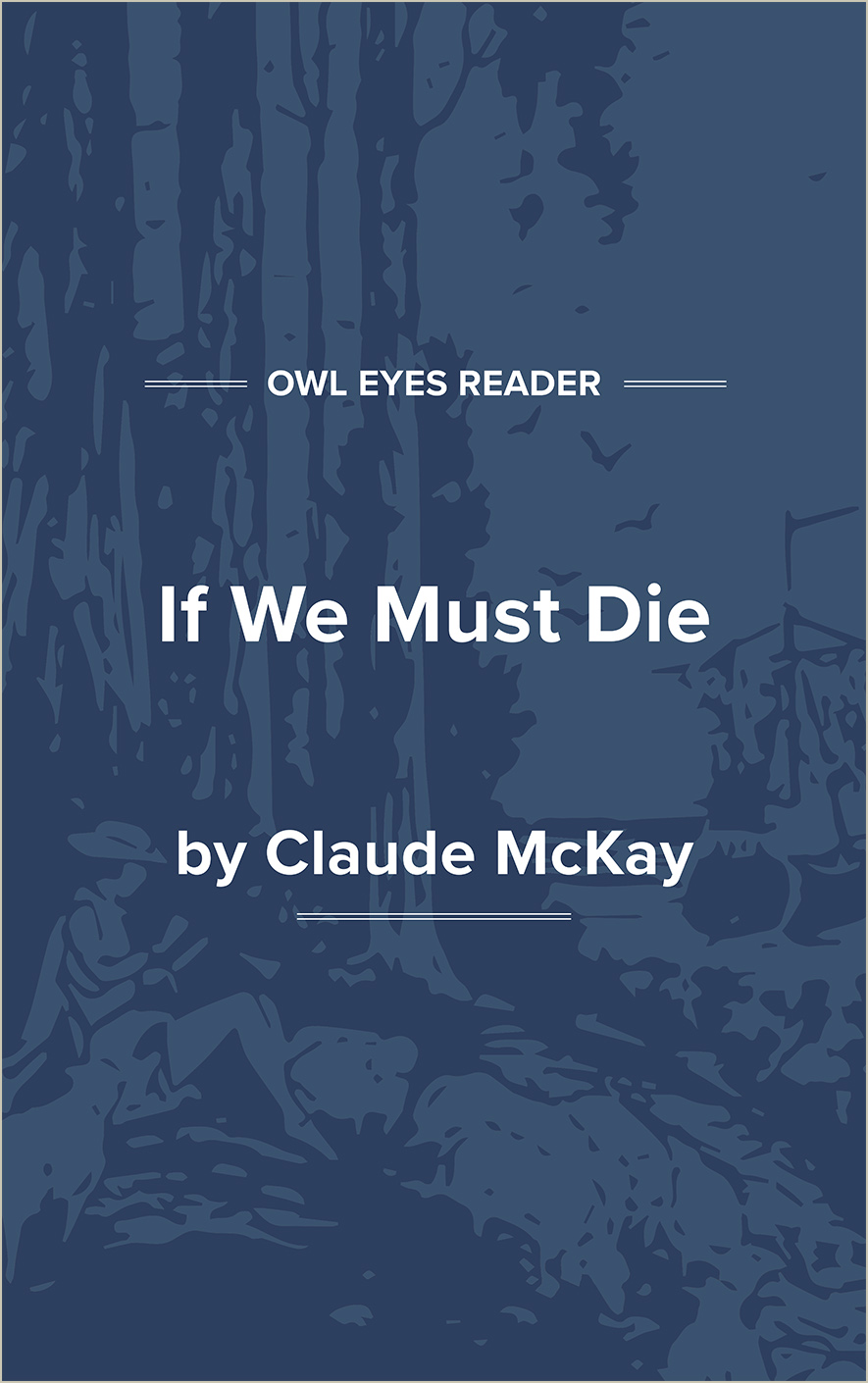Claude McKay Biography
Born to Thomas Francis and Ann Elizabeth Edwards McKay in Sunny Ville, Jamaica, Festus Claudius McKay was the eleventh and youngest child of a family proud of its Ashanti ancestry. Although his parents, native Jamaicans, were peasants, they revered their West African heritage and imbued their children with racial pride.
McKay’s brother, Uriah Theophilus McKay, taught in an elementary school and had a good personal library. An educated Englishman, Walter Jekyll, had come to Jamaica to collect folktales, and, meeting the adolescent McKay, he gave him the run of his substantial library. Claude McKay learned the world by reading in both libraries. By the time he was seventeen, he was studying cabinetmaking, but he soon left this work; at nineteen he was a constable in Kingston.
McKay’s parents taught the boy early to distrust white people. McKay knew no racial discrimination during his childhood in Sunny Ville, where blacks were in the majority. In Kingston, however, he first became aware of racial prejudice. Having learned from his father to respect the purity of his race, he looked down on people of color who had mixed blood—despite his mother’s probably being a mulatto.
McKay’s brother exposed him to agnosticism and philosophy; Jekyll exposed him to literature. McKay read extensively in the Romantic poets as well as in classical writers. Jekyll, who was translating the philosophical writings of Arthur Schopenhauer, infused McKay with an enthusiasm for Schopenhauer’s philosophy. In 1912, Jekyll, who encouraged McKay in his writing, arranged to have his first book of poems, Songs of Jamaica, published in Great Britain, and later the same year, Constab Ballads appeared. These two collections, consisting largely of work in McKay’s favorite poetic form, sonnets, showed two sides of Claude McKay. The earlier work revealed a Jamaican black writing about his Jamaican youth, in dialect and from a position of racial pride; Constab Ballads focuses on the city and on the degradation of blacks in the metropolitan environment.
McKay was the first black to be awarded a medal by the Institute of Arts and Sciences in Jamaica; his prize money financed his first trip to the United States in 1912. There, he attended Tuskegee Institute. Unhappy at Tuskegee, he soon left to study agriculture at Kansas State University, where he stayed until 1914. Leaving Kansas State after two years, McKay headed for Harlem, the cultural and spiritual center of black intellectuals and artists in the United States. He struggled, supporting himself with a procession of menial jobs and concentrating on his poetry. He began to attract the attention of such editors as Frank Harris and William Stanley Braithwaite. His poems were published frequently, and in 1918 his angry poem “To the White Fiends” was published in Pearson’s Magazine; it had been rejected first by Crisis, the major literary magazine for blacks, as too militant.
Braithwaite urged McKay to conceal his black identity, contending that his opportunities to publish would improve if he were not easily identifiable in his writing as black. McKay utterly rejected such suggestions because they ran completely counter to his racial pride. By 1919, he left the...
(The entire page is 798 words.)
Owl Eyes subscribers get unlimited access to our expert annotations, analyses, and study guides on your favorite texts. Master the classics for less than $5/month!

